Understanding the 630 kVA Transformer
A 630 kva transformer is a robust piece of electrical equipment designed to handle a substantial power load, making it a critical component in various industrial and commercial settings. This category of transformers is engineered to cater to a specific set of electrical requirements, ensuring the efficient distribution and conversion of electrical energy.
Types and Applications
The application of a 630 kva transformer spans across different environments, from industrial complexes to residential areas. The choice between a single-phase and a three-phase transformer hinges on the intended use, with the latter being a staple in heavy machinery operations and the former in smaller settings like homes.
Key Specifications and Features
When delving into the 630 kva transformer specifications, it's essential to consider the voltage compatibility, load capacity, and frequency requirements. These transformers are tailored to meet diverse operational standards, including varying frequencies like the 60 Hz used in the US and the 50 Hz prevalent in the UK.
Design and Placement Considerations
The design of a 630 kva transformer takes into account its placement, whether it be indoor, outdoor, or in areas with potential hazards. For instance, outdoor transformers are constructed to endure environmental elements such as temperature fluctuations and moisture.
Dimensions and Physical Attributes
Physical characteristics such as 630 kva transformer dimensions and 630 kva transformer weight are crucial for space planning and installation. These dimensions ensure that the transformer fits within the allocated space and supports the structural requirements of the site.
Additional Transformer Options
Beyond the standard model, options like the 630 kva dry type transformer and the 630 kva mini substation are available, each with distinct advantages and suited for different environments. The dry type, for example, is often preferred for its reduced risk of fluid leaks and fire hazards.

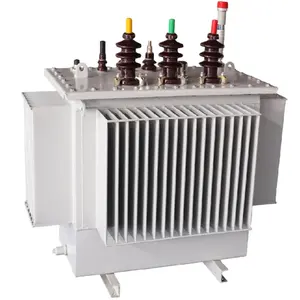




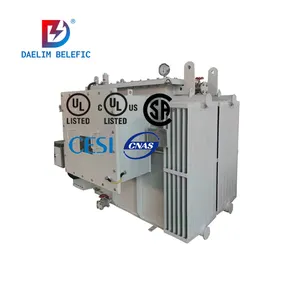

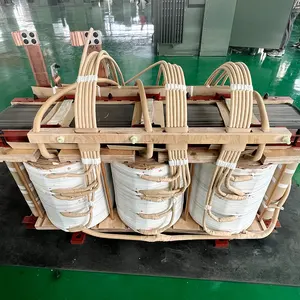





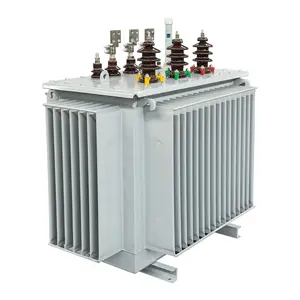


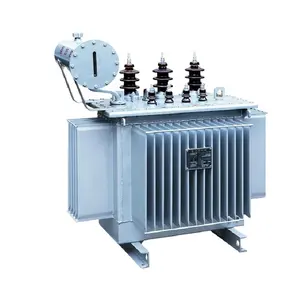






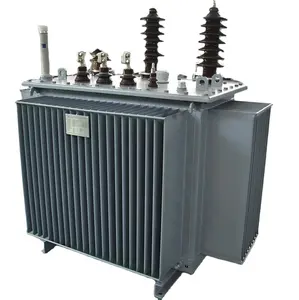




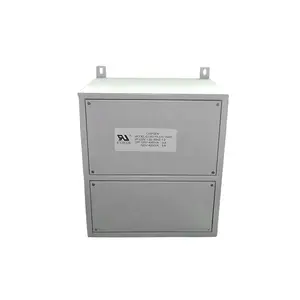




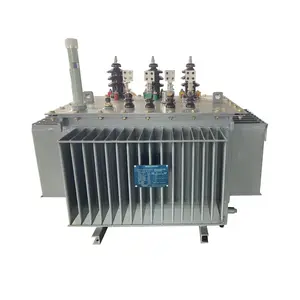














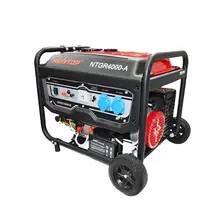























 浙公网安备 33010002000092号
浙公网安备 33010002000092号 浙B2-20120091-4
浙B2-20120091-4